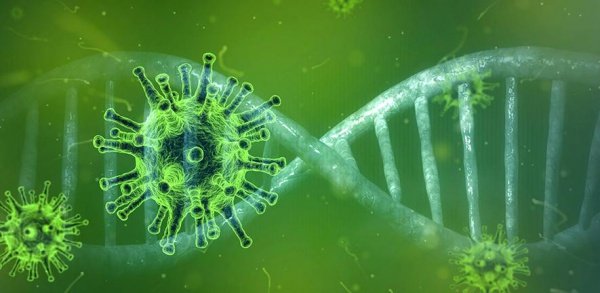How is The Prominent SARS-COV-2 Variant Made Inactive By Antibodies?

According to large-scale supercomputer simulations carried out at the atomic level on the dominant G variant of SARS-CoV-2 (the virus that causes COVID-19), one of the reasons the virus is more contagious is that the virus is easier to target host receptor in the body than other variants (subspecies). connecting. The research, led by scientists working at the US Department of Energy's National Los Alamos Laboratory, sheds light on the processes in the infection caused by the G form and the antibody resistance against it. The findings, published yesterday in Science Advances, could aid the vaccine development process.
The new research, animating more than a million individual atoms and running about 24 million processor hours of supercomputer, provides molecular-level detail about the behavior of the barb in the aforementioned variant.
This new knowledge of the G variant (the most comprehensive atomic-level supercomputer simulations of the G form) could be the backbone of future vaccines.
The research team discovered the D614G variant in early 2020 as the COVID-19 outbreak caused by SARS-CoV-2 increased. These findings were published in the Cell bulletin. Scientists have observed a mutation in the spike protein. (In all variants, it is this thorn protein that gives the virus its unique crown shape.) Named after the amino acid replacing aspartic acid at position 614 of the SARS-CoV-2 genome, this D614G mutation became dominant worldwide within weeks.
Thorn proteins bind to a certain receptor found in many of our cells through the receptor binding site of the thorn and ultimately leads to infection. This binding process requires a structural change in which the receptor binding site emerges from a closed shape to an open shape. Cannot connect when turned off, but can connect when turned on.
Animations made in this new study show that the interactions between the building blocks of the spike protein are more symmetrical in the new G form variant than in the original D form subtype. This symmetry obviously leads to more viral spikes so that the virus can be transmitted to a human more easily.
Source: U.S. Department of Energy / National Los Alamos Laboratory
Congratulations @selimhaki! You have completed the following achievement on the Hive blockchain and have been rewarded with new badge(s) :
Your next target is to reach 60 posts.
Your next target is to reach 400 upvotes.
You can view your badges on your board and compare yourself to others in the Ranking
If you no longer want to receive notifications, reply to this comment with the word
STOPCheck out the last post from @hivebuzz:
Support the HiveBuzz project. Vote for our proposal!